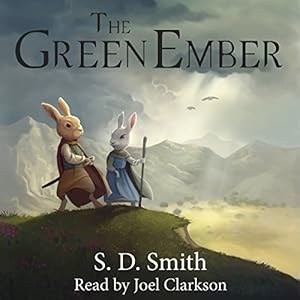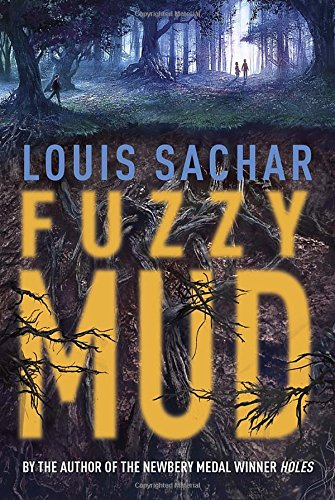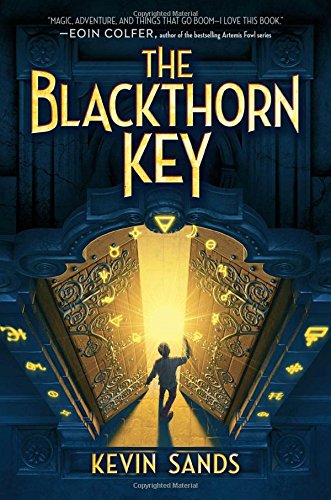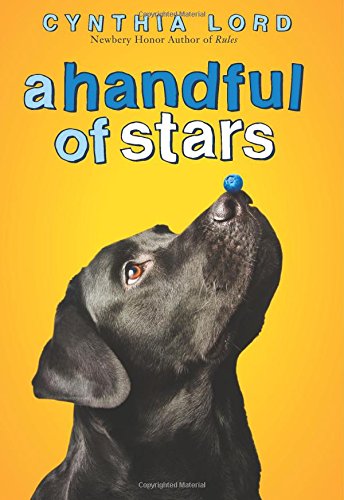 Cat lovers (and tiger lovers) everywhere who also enjoy fabulous fantasy adventure stories should pick this one up right away. Duncan McKay has a special, secret ability: he can speak cat. Of course, cats understand human language anyway, but rare is the human who can speak to and understand cats in their own language. Duncan is going to need all the advantages he can get when he’s kidnapped, almost drowned–twice!–attacked by a tiger, locked in a cage, and stranded on a deserted island, not necessarily in that order. Will Duncan be able to save not only himself but also all the kittens and cats of Arvidia from a kitten-squishing villain?
Cat lovers (and tiger lovers) everywhere who also enjoy fabulous fantasy adventure stories should pick this one up right away. Duncan McKay has a special, secret ability: he can speak cat. Of course, cats understand human language anyway, but rare is the human who can speak to and understand cats in their own language. Duncan is going to need all the advantages he can get when he’s kidnapped, almost drowned–twice!–attacked by a tiger, locked in a cage, and stranded on a deserted island, not necessarily in that order. Will Duncan be able to save not only himself but also all the kittens and cats of Arvidia from a kitten-squishing villain?
What a great story! Duncan is a likable protagonist, almost twelve years old, and beginning to chafe under his mother’s restrictions on his behavior. So, it’s a coming of age novel with Duncan figuring out what it means to be honest, brave, and noble. The cats are personable with distinct and engaging personalities of their own. Some people complained on Goodreads and Amazon that the story was a bit predictable and that the big reveals were obvious and easily figured out, but I must be a little slow. I didn’t really know what was going to happen, although I had my theories, some of them right and some wrong. I think middle grade readers, even those who are not particularly cat lovers, will really enjoy this adventure story, unless they are too jaded, or too smart for their own good, or maybe too old. Just call me 58, dumb, and happily unobservant when it comes to discerning plot twists when I’m enjoying the ride.
This volume is probably the first in a projected series, but it’s perfectly satisfying as a stand alone novel. That’s what I like, and I like this one well enough to see if Ms. Jonell can do it again in the second book in the series. I would enjoy some more adventures with Duncan and the other characters in The Sign of the Cat. I’ve decided I like cats–in books.










